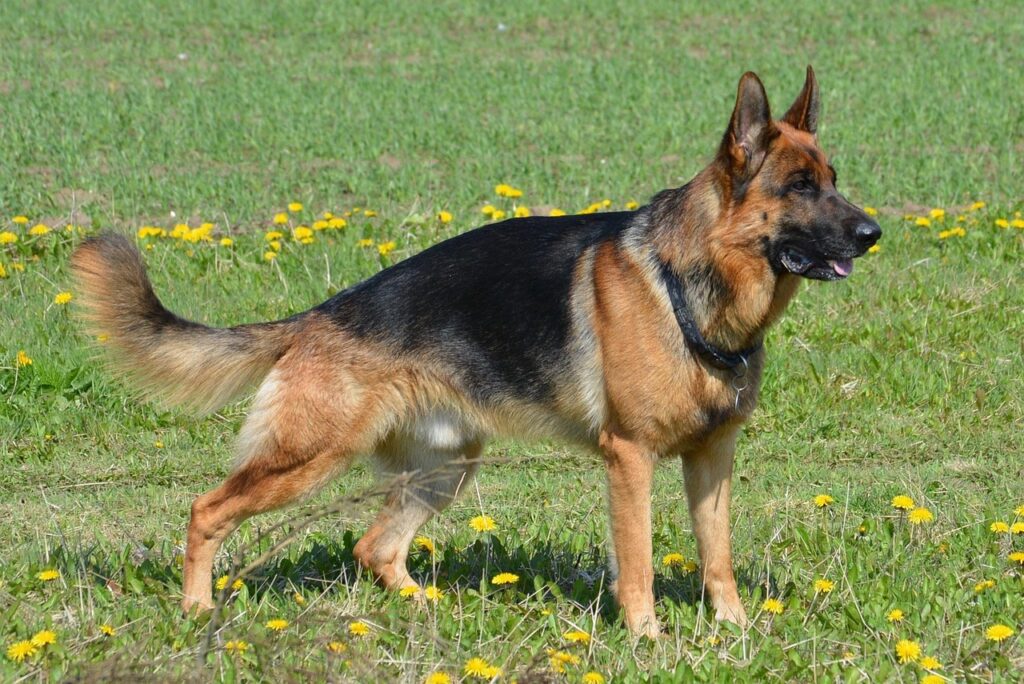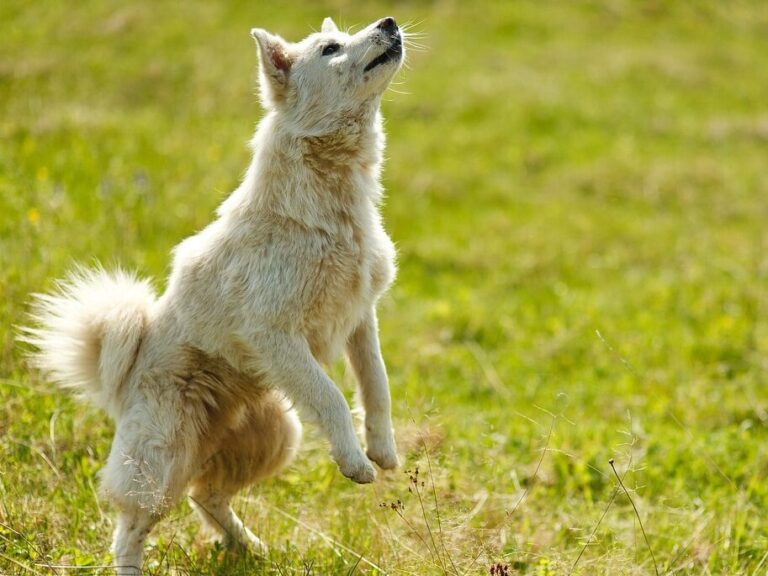A Quick Guide to Understanding Your Dog’s Body Language

Dogs may not speak our language, but they’re always communicating. From the position of their ears to the wag of their tail, dogs use body language to express everything from joy and curiosity to fear or discomfort.
If you want a deeper connection with your dog, and fewer misunderstandings, learning how to “read” them is one of the best things you can do.
Let’s start with the tail, one of the most misunderstood dog signals. A wagging tail doesn’t always mean a dog is happy. Sure, a loose, side-to-side wag with the tail held at mid-level often signals friendliness. But a high, stiff wag can be a sign of tension or dominance, while a tail tucked low or between the legs indicates fear or submission. It’s the position and motion that matter, not just the wag.
Ears also speak volumes. Perked-up ears that face forward often show interest or alertness. Flattened ears can signal fear, especially when paired with lowered posture. If your dog’s ears are pulled back slightly but relaxed, they may just be feeling submissive or cautious but not necessarily scared.
The eyes are a dead giveaway, too. Soft, squinty eyes mean your dog is relaxed and content. Wide eyes with lots of visible white, sometimes called “whale eye,” usually signal stress, discomfort, or fear. A dog showing that kind of eye while being petted or hugged might be telling you they’re not enjoying it.
Now, let’s talk mouth. A relaxed, open mouth with a slightly lolling tongue is a sign of a calm, happy pup. But if their lips are pulled back tightly, or you see lots of tension around the muzzle, that could mean anxiety or even a warning. Growling, lip licking, yawning, or panting (when it’s not hot or after exercise) can all be signs of stress or uncertainty.
Now for posture. A confident, friendly dog will stand with their weight evenly balanced and tail relaxed. A dog leaning forward with tense muscles might be alert or ready to react. On the flip side, a crouched body, low head, and tucked tail usually mean fear or submission. And if your dog freezes altogether? That’s a big red flag, as they’re feeling threatened and might lash out.
Play behavior is a fun one to spot. The classic “play bow”, which is front legs stretched out, rear end in the air, is an unmistakable invitation to play. You’ll often see it accompanied by tail wagging and bouncy movements. If your dog suddenly does a bow after doing something naughty (like stealing a sock), they might be trying to charm their way out of trouble.
Learning your dog’s body language isn’t about decoding a fixed set of signals. Every dog is different. What matters most is understanding your dog, what’s normal for them, and when something feels off. The more time you spend observing and interacting, the better you’ll get at picking up the subtle cues.





